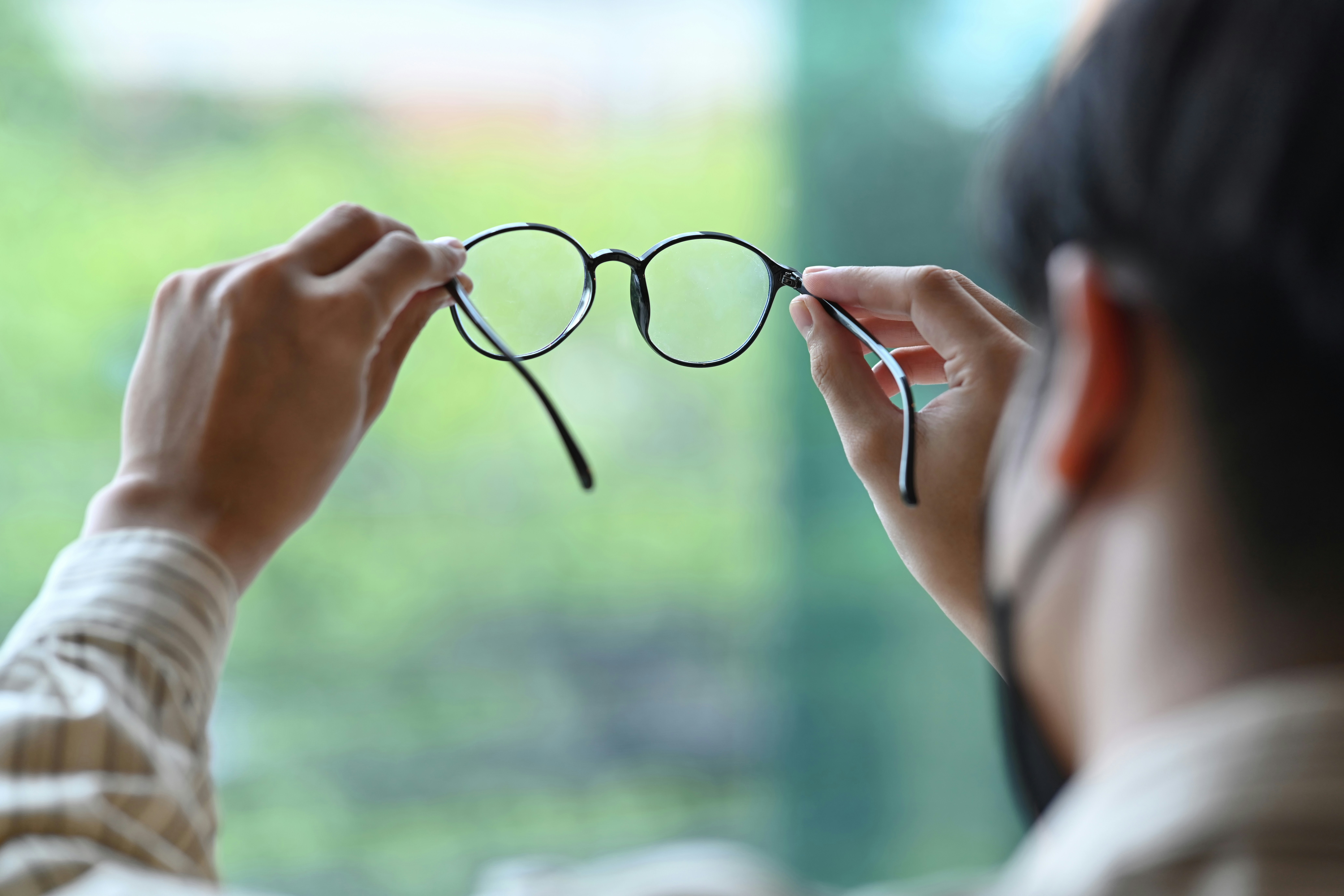
For many of us, slipping on a pair of glasses is second nature. They help us see clearly, add character to our faces, and even make a fashion statement. But eyeglasses haven’t always been the everyday accessory we know today. Their evolution is a fascinating story that spans centuries, cultures, and innovations.
Ancient Curiosity: Magnifying the World
The story begins long before the first pair of spectacles appeared. Ancient civilizations such as the Egyptians and Romans experimented with polished crystals and convex lenses to magnify text and objects. Roman philosopher Seneca reportedly used a glass globe filled with water to enlarge letters on a page. While these early tools weren’t “glasses” in the modern sense, they reflect a deep human desire to sharpen vision and understand the world more clearly.
Medieval Breakthroughs: The Birth of Spectacles
It wasn’t until the late 13th century in Italy that true eyeglasses emerged. Early versions consisted of two small magnifying lenses mounted in frames made from wood, metal, or leather. They didn’t have arms; instead, users balanced them on their noses or held them in front of their eyes. Monks and scholars were among the first adopters, using these lenses to read manuscripts and continue their work well into old age. This innovation marked a turning point: vision correction was no longer just a curiosity—it became a tool for learning and productivity.
Spreading Across Continents: Eyeglasses Go Global
As trade routes expanded during the Renaissance, so did the reach of spectacles. Merchants and travelers carried them to other parts of Europe and eventually Asia. In China, for example, imported glasses became symbols of wisdom and status rather than medical devices. Around the same time, spectacle makers began improving lens quality and experimenting with designs, helping the technology spread among different social classes—not just scholars and clergy.
The 18th Century Twist: Comfort Meets Ingenuity
By the 1700s, eyeglasses underwent a major shift toward practicality. Designers added side arms that rested on the ears, creating a more stable fit. Benjamin Franklin contributed his own innovation: bifocals. Tired of switching between two pairs of glasses, he combined lenses for distance and reading into one frame—a concept still used today. Spectacles became more personal, too; wearers started choosing frames that suited their faces rather than just accepting utilitarian designs.
Industrial Revolution: Mass Production Changes Everything
The 19th century brought machines, factories, and mass production. Eyeglasses, once handcrafted and costly, became affordable for a broader population. Optometry also advanced during this time, with standardized prescriptions and better diagnostic tools. Suddenly, clear vision wasn’t a privilege; it was accessible to everyday people. This democratization set the stage for glasses to become both practical and personal accessories.
The Fashion Era Arrives: From Necessity to Statement Piece
By the mid-20th century, glasses stepped boldly into the fashion spotlight. Celebrities like Audrey Hepburn, Buddy Holly, and Marilyn Monroe made distinctive frames iconic. Cat-eye shapes, thick black rims, and oversized lenses became cultural symbols. People no longer wore glasses just because they had to—they wore them to express personality. Brands began collaborating with designers, turning eyewear into a booming fashion industry. Glasses transformed from medical aids into style staples.
Modern Innovation: Technology Redefines Vision
Today, eyeglasses sit at the intersection of technology and fashion. Lightweight materials like titanium and memory plastics make frames more comfortable. Blue-light blocking lenses respond to digital lifestyles, and transition lenses adapt to sunlight seamlessly. Augmented reality (AR) and smart glasses—like those developed by major tech companies—promise to blend vision correction with digital functionality, projecting information directly into the wearer’s line of sight. What began as a simple magnifying aid is now part of cutting-edge tech.
Finding Your Perfect Pair: More Than Just Vision
Eyeglasses have evolved into deeply personal accessories. Choosing the right pair involves more than picking a prescription—it’s about comfort, lifestyle, and self-expression. For example, someone who works long hours on a computer might benefit from anti-reflective coatings, while an outdoor enthusiast might prefer polarized lenses. Frame shapes can complement different face structures, and colors can reflect mood or profession, whether minimalist or bold; eyeglasses have become an extension of identity.
Final Thoughts
From ancient magnifiers to modern smart glasses, the journey of eyeglasses mirrors human creativity, adaptation, and self-expression. What started as a practical solution to poor vision has grown into a blend of science, art, and personal style. Next time you slip on your glasses, take a moment to appreciate the centuries of innovation perched right on your nose.